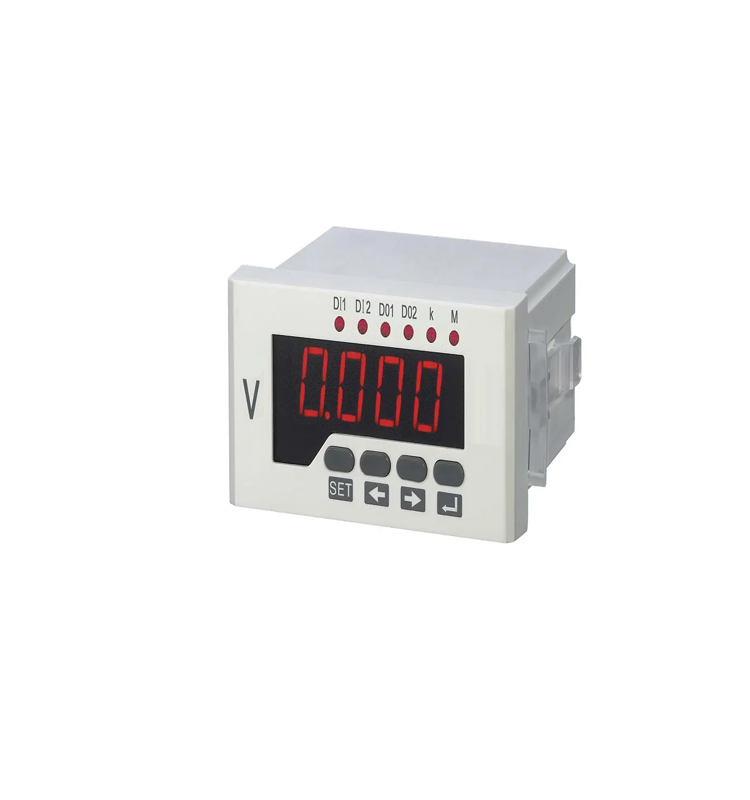A multifunctional voltmeter is an electronic device used to measure various electrical parameters like voltage, current, resistance, and sometimes additional parameters such as frequency and temperature. Here's a list of electronic components typically required for building a multifunctional voltmeter:

1. Microcontroller: A microcontroller is the heart of a multifunctional voltmeter, responsible for taking measurements, processing data, and managing the user interface.
2. Voltage Sensor: A voltage sensor or voltage divider circuit is employed to measure different voltage levels safely by scaling them down.
3. Current Sensor: The current sensor, such as a shunt resistor or a Hall-effect sensor, is used to measure current flowing through the circuit.
4. Multi-range resistor network: For measuring resistance, a multi-range resistor network is employed to provide various measurement ranges.
5. Display: A display, such as an LCD or OLED screen, is used for presenting the measured values and any additional information.
6. Analog-to-Digital Converter (ADC): An ADC is required to convert the analog signals from sensors into digital form for processing by the microcontroller.
7. Operational Amplifier(s) (Op-Amps): Op-amps are used in various signal conditioning and amplification circuits to enhance the measurement accuracy and sensitivity.
8. Voltage Reference: A stable voltage reference is crucial in a voltmeter to ensure accurate and consistent measurements.
9. Temperature Sensor (optional): A temperature sensor like an NTC thermistor, RTD, or a digital temperature sensor allows the device to also measure temperature.
10. Frequency measurement circuit (optional): If frequency measurement is desired, additional components like a frequency-to-voltage converter or counter/timer circuitry would be necessary.
11. Power supply components: Depending on the required power source, components like voltage regulators, capacitors, diodes, and inductors are needed for providing a stable power supply.
12. Buttons/Switches: Buttons or switches let users navigate through different measurement functions and settings.
13. Connectors: Test lead connectors for interfacing the voltmeter with the circuit to be measured.
14. Enclosure: An enclosure or casing is important for housing the electronic components and providing a user-friendly interface.
15. Miscellaneous components: Basic components like resistors, capacitors, diodes, and transistors may be needed to complete various circuits within the voltmeter.
Please note that specific requirements and components may vary depending on the functions, features, and design of the multifunctional voltmeter you want to build. Consulting the device's schematic, reference design, or working with experienced professionals can help identify and procure the right set of components for your project.

